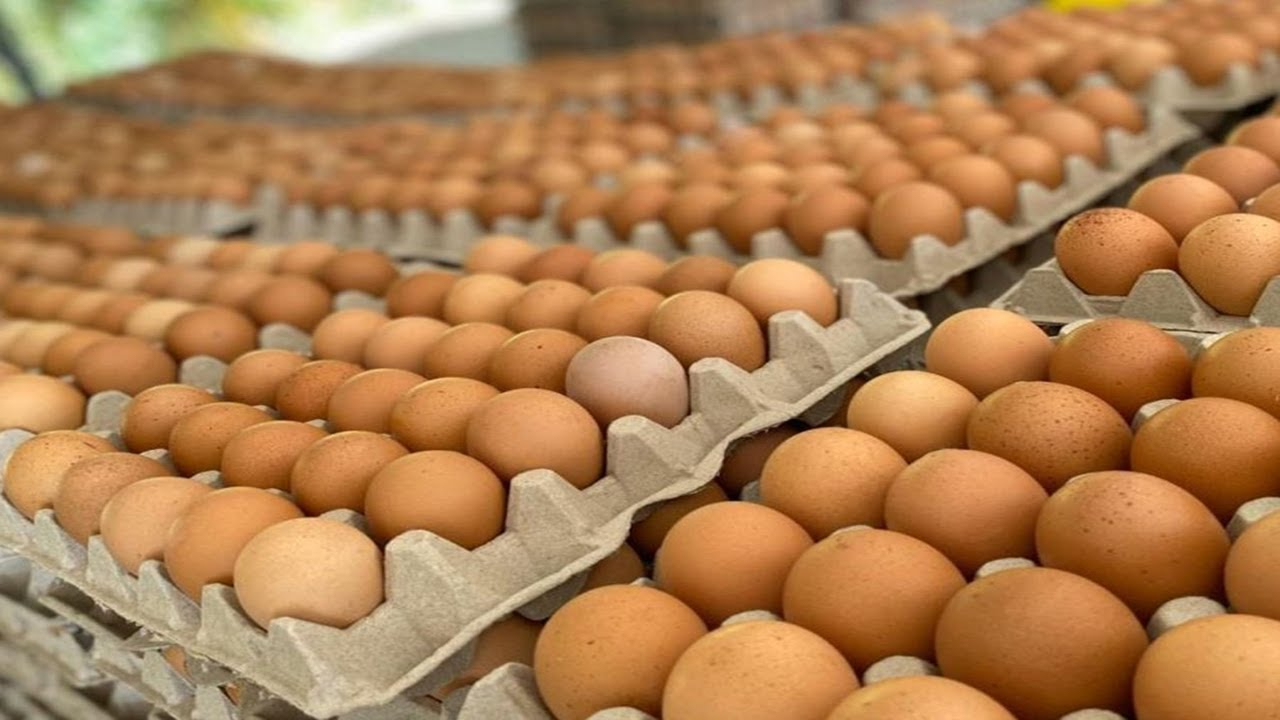
For more than 20 years, the second Friday in October has been commemorated in more than 150 countries, including Peru, the International Egg Daya fundamental food in healthy eating due to its high concentration of proteins, carbohydrates and fats.
According to the director of the Peruvian Beekeeping Association (APA), Pedro José De Zavala, the date is a good opportunity for the population to become aware of the relevance of the daily consumption of eggs, and in general of proteins, in order to combat problems such as anemia that affect a large part of the country.
However, despite its high nutritional content and easy access to it, The per capita consumption of Peruvians is one egg per day, according to De Zavala. Furthermore, he adds that the only alternative to increase this figure is to sensitize housewives about the importance of protein consumption in the little ones. “That ensures the correct growth of the child,” she told La República.
Production would be restored in the coming months
Until July of this year, in Peru an average of around 40.4 tons of eggs have been produced per month, achieving a cumulative total of 289.9 tons in the seventh month of the year, which is 1.7% less than the 294 .9 tons produced in the same period last year, according to data from the Ministry of Agrarian Development and Irrigation (Midagri).
In relation to this issue, the APA spokesperson points out that, currently, there are approximately 24 million laying hens throughout the country, a figure that, although still below the population average, indicates a clear sign recovery in the industry.
Likewise, he highlights that the decrease in production this year was related to the arrival of avian flu at the end of 2022. “That caused farms to lose their production. 2023 is a good year after almost 3 bad years,” mentioned. In that sense, he indicated that egg production would be restored until the end of the year.
Exchange rate and prices
The decrease in egg production, as expected, also had an impact on the price of eggs, which in the second quarter of this year reached up to S/13 per kilo, and even made it a determining factor in some months. in the advance of monthly inflation.
However, high prices were not only related to low production, but also to external factors such as the war in Ukraine, which raised the prices of corn and soybeans, essential for feeding chickens. The prices of these inputs have been regularizing in recent months, which has caused the value of the egg to decrease in the markets.
“We are already seeing a decrease in the price. We have been almost at S/10 and now S/9, that means that we are already seeing a drop,” said De Zavala.
The expert also mentioned that the current conflict in the Middle East between Israel and Hamas would not affect egg prices. However, he stressed that a worrying element is the current increase in the exchange rate. “That does affect because all the food is imported and is purchased in dollars, that can affect, let’s say, the price, but we do not see large variations like those that have occurred, as I told you, in 2021 in particular,” he highlighted.
Informality also affects this industry
Finally, the APA representative pointed out that one of the most pressing challenges facing the poultry sector is informality. He warned that almost 50% of producers are informal, which limits the growth of the formal sector and poses risks to biosecurity.
In that sense, he warned that the lack of regulations in informal production can affect the quality of the eggs and, therefore, investment in the sector. “This informal breeder affects the profitability of the sector and the fertility of the sector so that more and cheaper eggs can be produced,” she concluded.
Source: Larepublica
Alia is a professional author and journalist, working at 247 news agency. She writes on various topics from economy news to general interest pieces, providing readers with relevant and informative content. With years of experience, she brings a unique perspective and in-depth analysis to her work.











